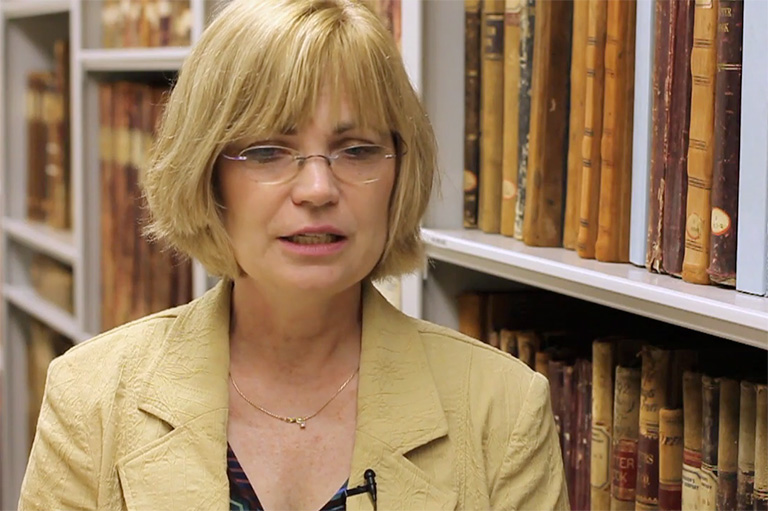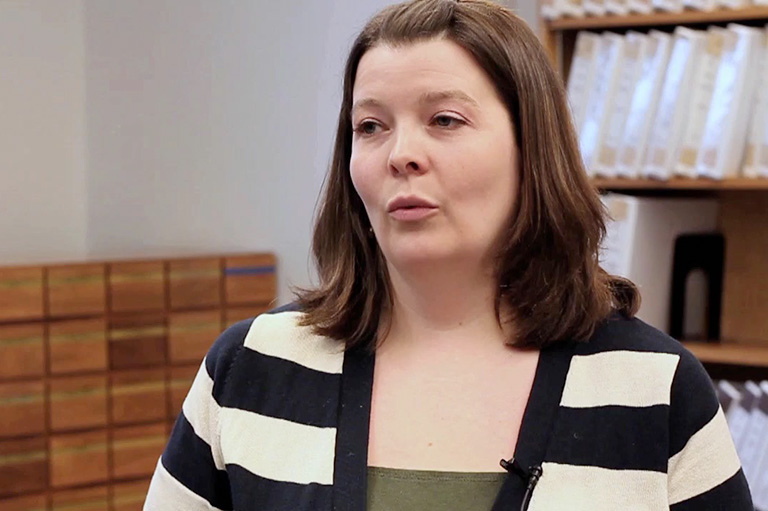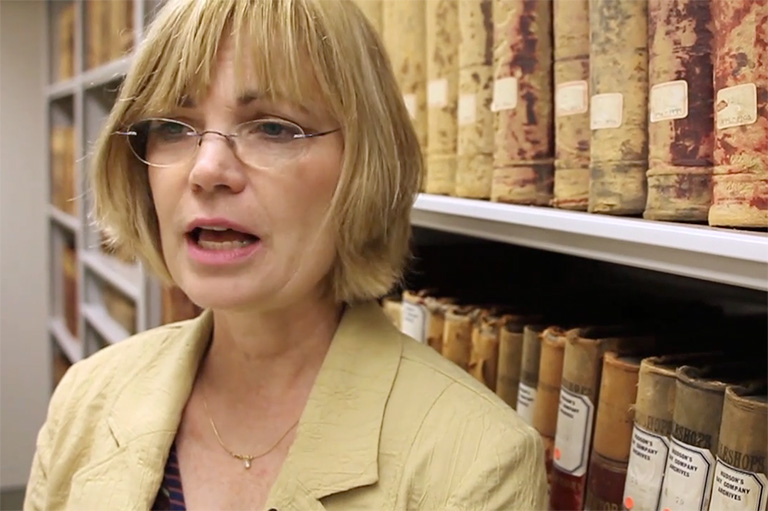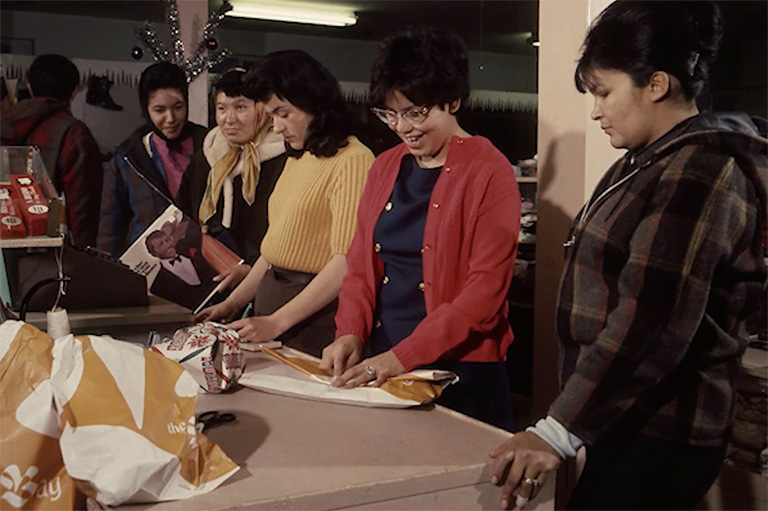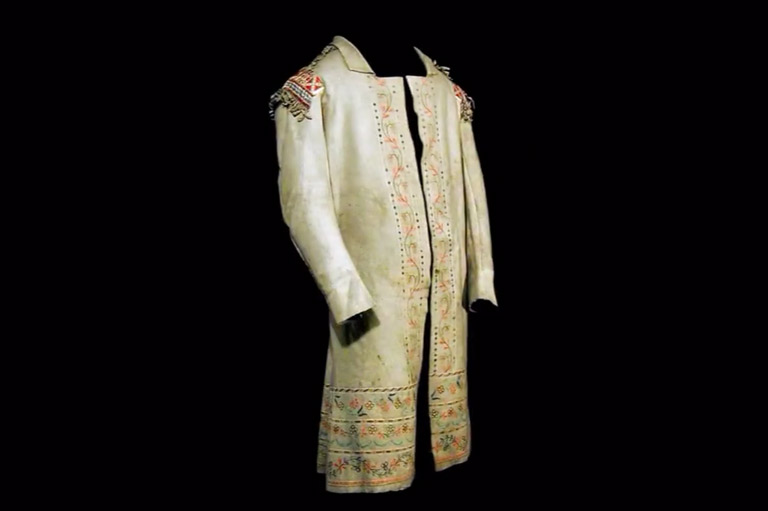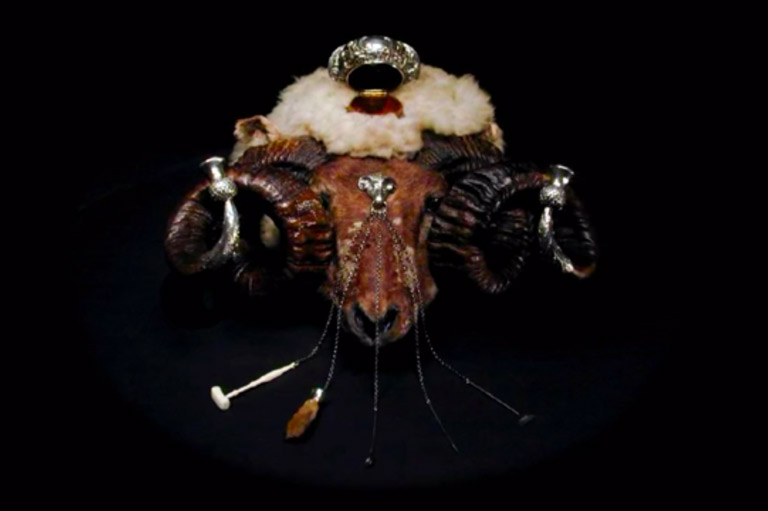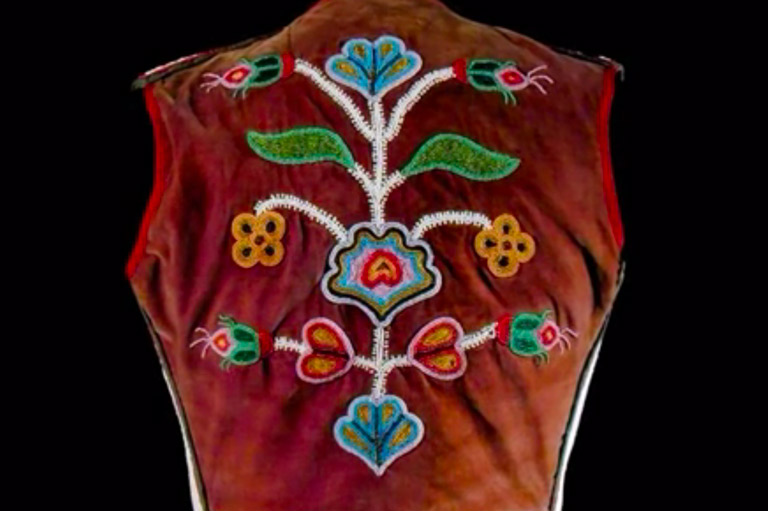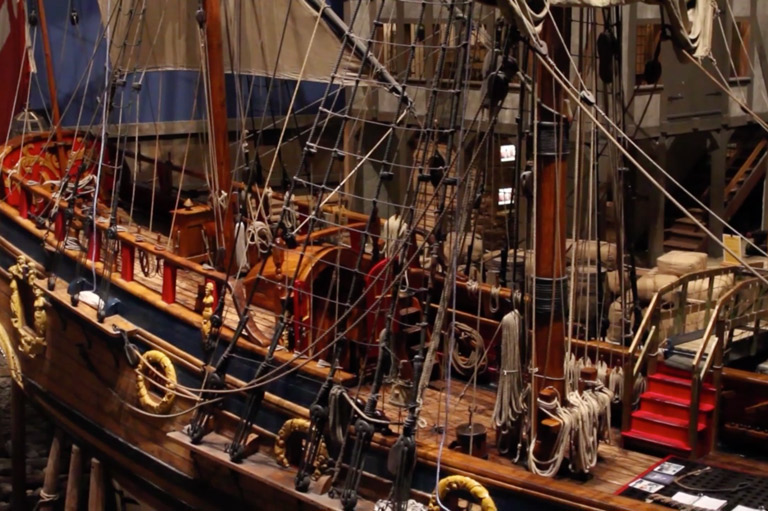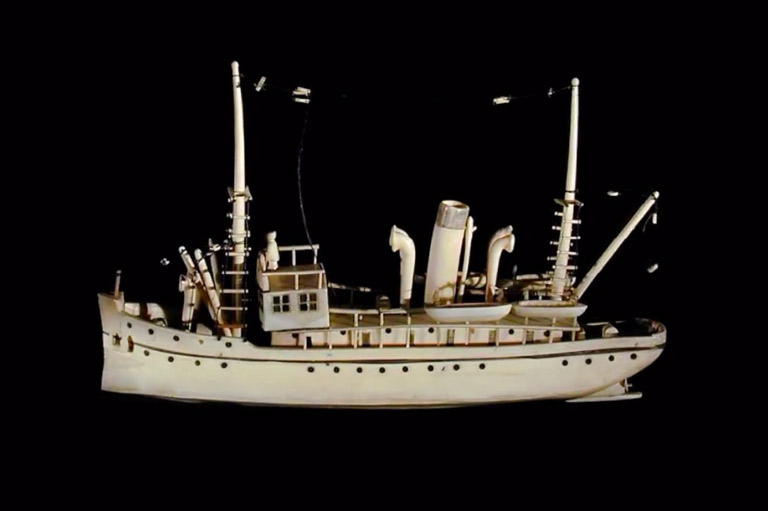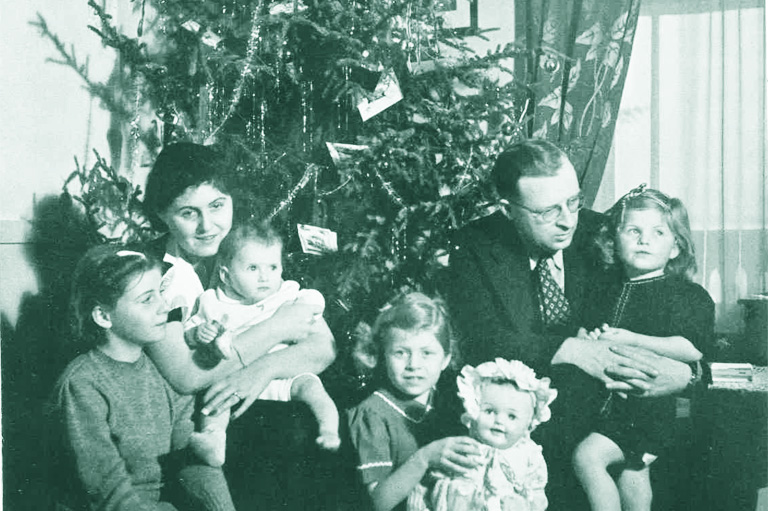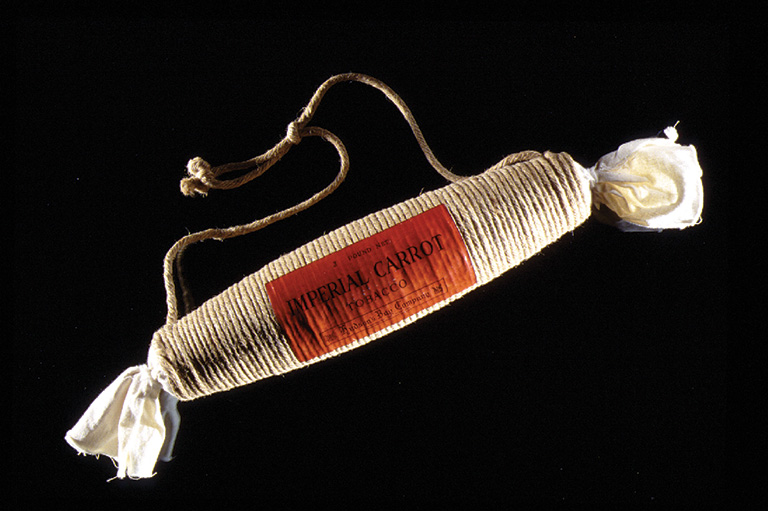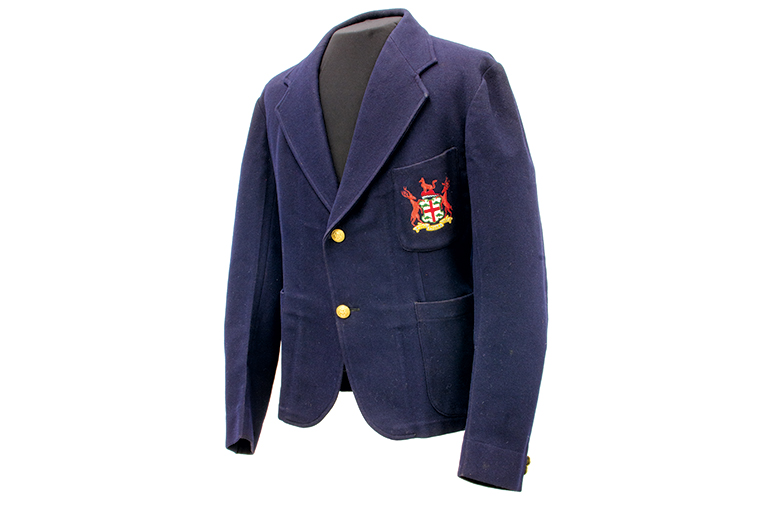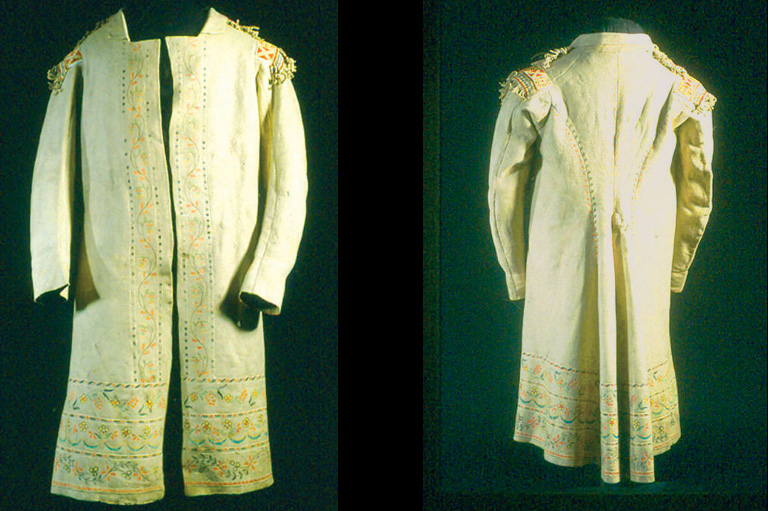Hudson's Bay Company Archives: A Tale of Two Bison
Comparing ship logs with fur trade post journals can illustrate a better picture of events and provide clues that one record alone might not. As Hudson's Bay Company Archives’ senior archivist Denise Jones demonstrates, we can follow the progress of two buffalo headed for London, England in the fall of 1843 by looking at ship’s log for the Prince Rupert and the York Factory post journal.
More from the HBC Archives
Themes associated with this article
Advertisement

